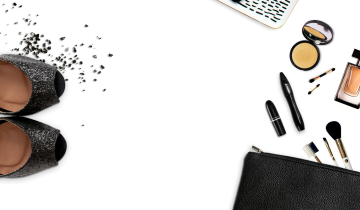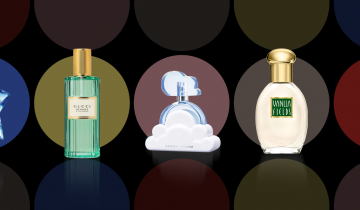Written by Rahina Issifu
Edited by CHIQIO
Key words: Baroque, art, reflection, drama
The Baroque art movement, with its dramatic flair and exaggerated use of light, has always captivated my imagination. I was introduced to this astonishing era during my GCSE and A-level art studies. While learning about Rococo, I discovered the world of Baroque art, and it has held a special place in my heart ever since.
The Appeal of Baroque Drama
What I find most interesting about Baroque art is the dramatic intensity and manipulation of light and shadow. These elements combine to create scenes that are both visually striking and emotionally evocative. The massive contrasts and dynamic compositions draw the viewer into the narrative, making the scenes come alive with a intense sense of tension and emotion.
One artist who characterizes these qualities is Caravaggio, my favourite Baroque painter. His ability to convey raw human emotion through his work is beyond compare. For example, in “The Calling of Saint Matthew” (1599–1600), Caravaggio uses light to direct our attention and to highlight the spiritual awakening of Saint Matthew. The play of light and shadow not only adds depth to the painting but also enhances its dramatic impact, making it feel almost cinematic.
“The Calling of Saint Matthew”
Emotions Through Art
Baroque paintings bring out a range of strong emotions in me. There’s an intensity and a rawness in these works that I find deeply moving that I can’t explain. One of my favourite Baroque paintings is “Judith Beheading Holofernes” by Artemisia Gentileschi. The painting is a powerful depiction of Judith’s victory over Holofernes, and Gentileschi’s own emotional experiences seem to fill the canvas. The determination in Judith’s expression, the tension in her muscles, and the dramatic lighting all add to the painting’s impact. It’s a work that speaks volumes about the artist’s inner turmoil and resilience.
“Judith Beheading Holofernes”
Another painting that resonates deeply with me is Caravaggio’s “David with the Head of Goliath.” The dark background, the stark lighting, and the intense expressions create a scene that is both haunting and powerful. Caravaggio’s use of chiaroscuro—an artistic technique that employs strong contrasts between light and dark—enhances the drama and emotion of the scene, which draws the viewer into David’s moment of victory and contemplation.
“David with the Head of Goliath”
Baroque Compared to Other Movements
Compared to other art movements, Baroque art stands out for its darker, more dramatic themes. While movements like Rococo and Impressionism often focus on light, beauty, and the personal expressions of the artist, Baroque art focuses into the depths of human experience. It explores themes of power, faith, and mortality with such intensity that is both compelling and disturbing. This focus on dramatic storytelling and emotional depth sets Baroque art apart and makes it uniquely powerful.
Inspirations and Reflections
My appreciation for Baroque art has been deepened by personal experiences, such as visiting art museums and seeing these masterpieces in person. Standing before a Baroque painting, I can feel the weight of history and the artist’s passion. It’s an experience that inspires me in my own creative pursuits, reminding me of the power of art to convey profound truths and emotions. Baroque art inspires me. Artists like Caravaggio and Gentileschi remind me of the power of art to move and inspire, to challenge and provoke. Their works are a testament to the enduring power of the Baroque movement.



 No products in the cart.
No products in the cart.